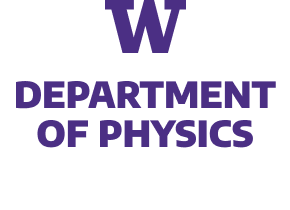Suppression of open heavy quarks and quarkonia in heavy-ion collisions are among the most informative probes of quark-gluon plasma (QGP). Interpreting the full wealth of data obtained from the collision events requires a precise theoretical understanding of the evolution of heavy quarks and quarkonia as they propagate through a strongly coupled plasma. Such calculations require the evaluation of a gauge-invariant correlator of chromoelectric fields. This chromoelectric correlator encodes all the characteristics of QGP that the dissociation and recombination dynamics of quarkonium are sensitive to, which is to say can in principle measure. We review its distinctive qualitative features at weak coupling in QCD up to next-to-leading order and at strong coupling in $\mathcal{N}=4$ SYM using the AdS/CFT correspondence, as well as its formulation in Euclidean QCD. Furthermore, we report on recent progress in applying our results to the calculation of the final quarkonium abundances after propagating through a cooling droplet of QGP, which illustrates how we may learn about QGP from quarkonium measurements. We devote special attention to how the presence of a strongly coupled plasma modifies the transport description of quarkonium, in comparison to approaches that rely on weak coupling approximations to describe quarkonium dissociation and recombination.
The work of BSH is supported by grant NSF PHY-2309135 to the Kavli Institute for Theoretical Physics (KITP), and by grant 994312 from the Simons Foundation. XY is supported by the U.S. Department of Energy, Office of Science, Office of Nuclear Physics, InQubator for Quantum Simulation (IQuS) (https://iqus.uw.edu) under Award Number DOE (NP) Award DE-SC0020970 via the program on Quantum Horizons: QIS Research and Innovation for Nuclear Science.


